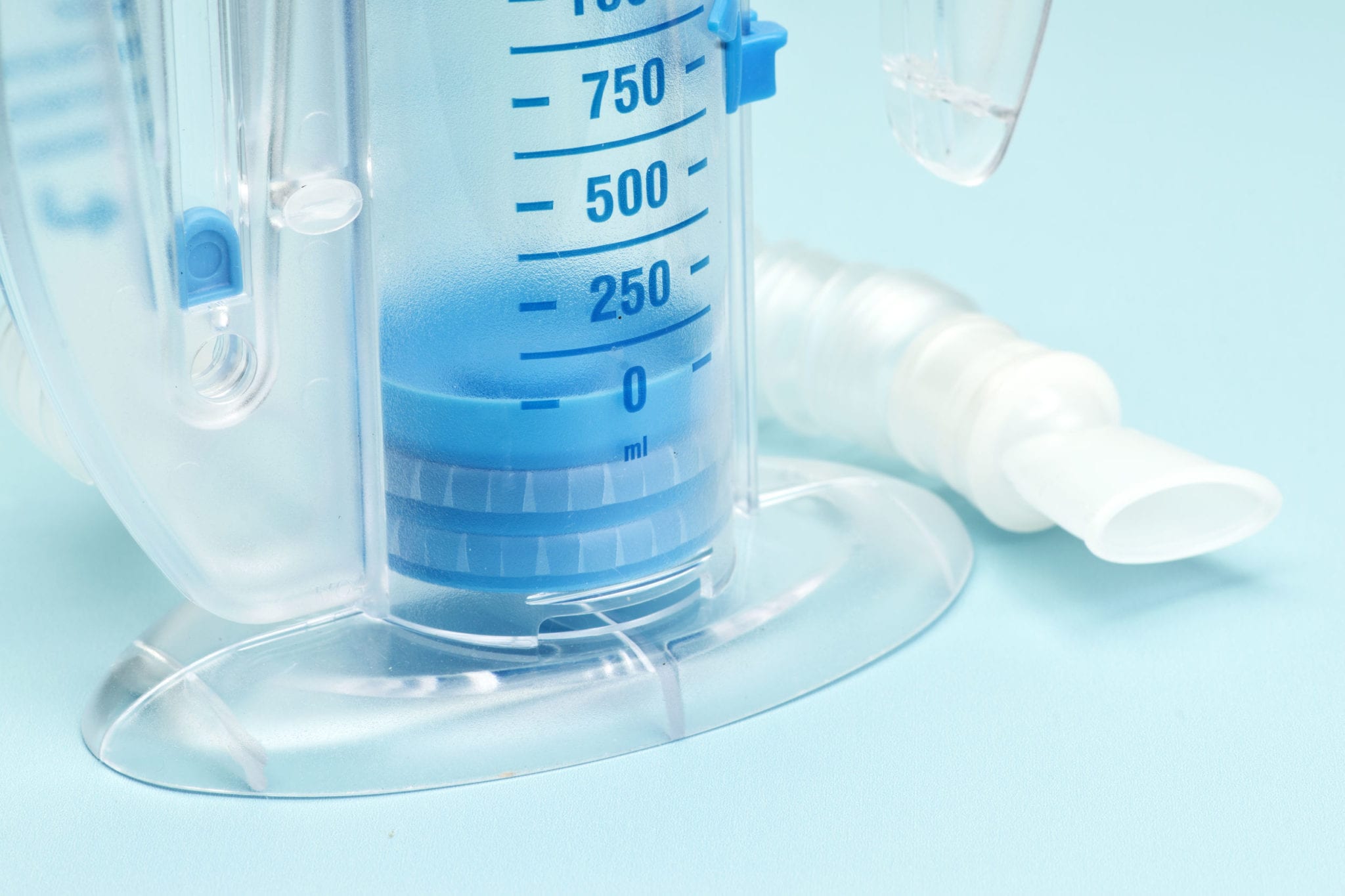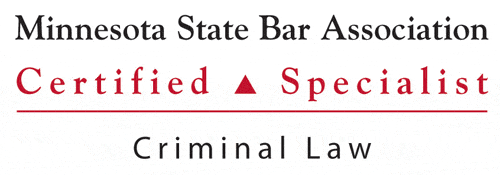
If you blow higher than a .08 in Minnesota, you will be charged with a DWI. It’s as simple as that. Because the law says that driving with a BAC of .08 or higher is illegal.
With so much importance riding on a single number and a single test, though, it begs an important question: just how accurate are breathalyzers and breathalyzer tests? For better or worse, that depends on many different factors.
Why You Should Call the Results of Your Breath Test into Question
Here are eight reasons why a breathalyzer test may be inaccurate.
- Using the wrong kind of machine
Two types of breathalyzer machines are used to measure blood alcohol levels. The most accurate results come from a platinum fuel cell breathalyzer, a professional-grade tool that consistently produces accurate results. Breathalyzers that use semiconductor sensors are best for personal use because they do not produce consistent results.
Semiconductor sensors are often powered by tin oxide, which is less expensive than fuel cells and less accurate. They respond to ketones in the body, which are natural biproducts of fat breakdown yet mimic the effects of alcohol on a test. These machines are sufficient for use at home, but they are not sufficient for evidence in a legal case.
- Test administered only once
So many factors can vary in a single test. The machine may be faulty. The person administering the test may not conduct it properly. The individual being tested may not exhale powerfully enough for the test to register. By repeating the test more than once, a pattern of results can be observed. These results can then be looked at to see if they are consistent, an indicator of accuracy.
- Faulty calibration
Just as your car needs regular tune-ups to operate without issues, a breathalyzer needs regular calibration and full battery power to perform accurate tests. If the machine hasn’t been recently recalibrated, it may report a false positive.
Breathalyzers can be correctly calibrated by taking an independent measurement from a solution of alcohol and water, then using it as the default setting for measurement. This is similar to resetting your clock to your time zone in relation to Greenwich Mean Time, which is an accurate and independent time source.
Correct calibration can drastically reduce the chance of human error. Sometimes, however, this doesn’t happen.
- Factors related to lung capacity
Breathalyzers are calibrated based on an average lung capacity, and normally reflect a smaller build. If a person is a male, a younger person, or a taller-built person, their lungs are larger and may produce higher alcohol content readings because they expel more molecules from their lungs.

Regardless of those factors, anyone can produce inaccurate results based on the condition of their lungs. If certain diseases are present, lung capacity will diminish. Some illnesses cause excess mucus to be produced in the lungs, and mucus absorbs alcohol molecules, which will throw off test results. Other ailments like emphysema, fibrosis, and asthma can restrict lung capacity and produce a smaller sample, which may be overconcentrated.
- Certain health conditions
Diabetes patients may produce acetone in their breath – hundreds of times greater than the average person. Breathalyzers read acetone as ethanol, and that may produce false positive results for up to 30 percent of Americans who struggle with diabetes, many of whom are undiagnosed.
Acid reflux makes a false positive more likely as well. This common disease brings stomach acids up the digestive tract. Because alcohol may be present in the mouth as stomach acids rise, it can make someone’s BAC read higher – even if a person only had one drink.
- Foreign substances
Many household substances can show up in breathalyzer tests and throw off results. For example, mouthwash has a significant alcohol content and may produce a false positive test. Certain medicines, like cough syrups, contain alcohols, and other chemicals in cigarettes, hairspray, or even cleaning materials can show up as alcohol in a breathalyzer test.
- Special diets
Diets that are extremely high in protein may produce acetone in the breath, which may be picked up as alcohol in breathalyzer readings.
- Environmental factors like paint exposure

Some people are exposed to certain chemicals in their work and hobbies that may show up as alcohol in breathalyzer tests. Adhesives, plastics, paint, lacquers, and cleaning solutions all produce fumes that can produce inaccurate results when inhaled.
The only tests that are truly accurate are blood tests. They are the gold standard of measurement. Results from a breathalyzer may have as much as 50 percent margin of error as compared to a blood test.
If you are facing DWI charges, a skilled attorney with a track record of success in these types of cases can help determine whether your breathalyzer results are accurate and craft a strong defense against your charges. Request a consultation today to get help for your case.
About the Author:
Christopher Keyser is a Minneapolis-based criminal and DWI defense attorney known for fighting aggressively for his clients and utilizing innovative tactics to get the most positive results. He has been featured in numerous media outlets due to the breadth and depth of his knowledge, and recognized as a Minnesota Super Lawyers Rising Star (2014–2015), a Top 100 Trial Lawyer (2013–2015), and a Top 40 Under 40 Attorney (2013–2015).





